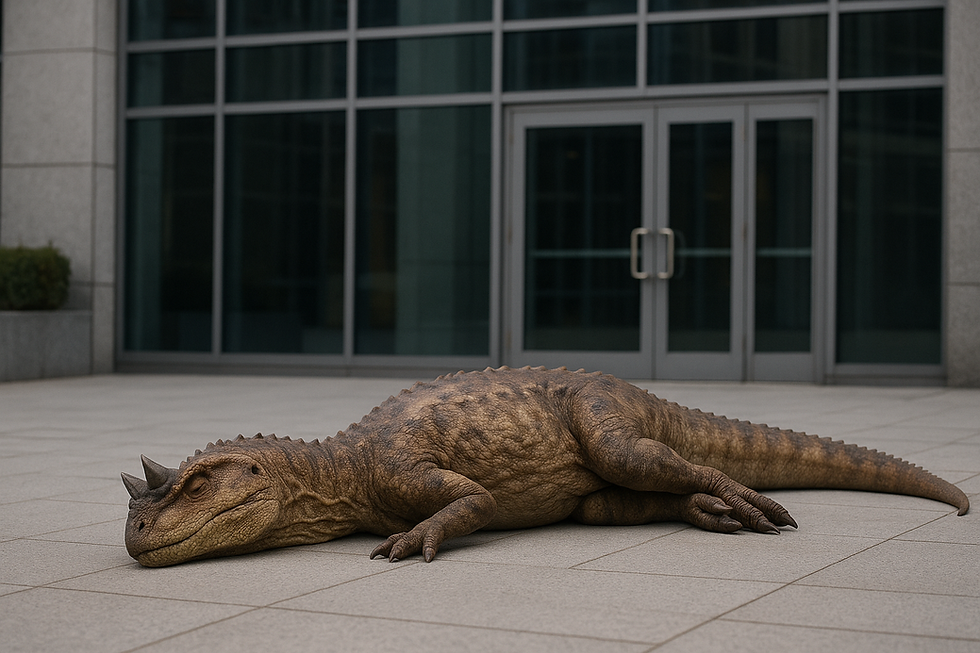The Job-to-be-done mindset explained by a visit to a hair salon
- Yetvart Artinyan

- Apr 24, 2024
- 3 min read

Innovations Outcome = "Ti faccio bello"
The visit to the hair salon is more than just a simple service. It's about the desire to look fresh for an important occasion, to try out a new look, to feel refreshed and confident, to leave behind an old life, to discover oneself, or to playfully experiment with one's appearance, and so on. In this article, I reflect on my recent visit to the hair salon, our conversation, and my statement: "I feel tired and old today," as well as his probably unintentional response, "Ok, ti faccio bello" (Okay, I'll make you beautiful). This made me smile on one hand but also prompted me to contemplate innovation and interview methods.
Traditional approach (Inside-Out)
The traditional approach in the hair salon often starts with the standard question: "How would you like your hair cut?" This question focuses on functional aspects such as desired hair length, shape, color, and style and reflects the assumption that the customer already knows exactly what look (solution) they want. The hairdresser then works to fulfill this specific request, based on the customer's expressed desires (requirement engineering and waterfall development).
Job-to-be-done approach (Outside-In)
However, the Job-to-be-done lens puts the focus on what the customer actually wants to achieve (outcome) with the haircut (output) during their visit to the hair salon (job to be done). Customers are experts in feelings, motivations, struggles, not in the solutions. That's the hairdresser's job. "Ti faccio bello" (Outcome) is more than just a statement about a solution; it's a promise to boost the customer's confidence and well-being in society (Impact). This approach requires a deeper understanding of the customer's needs and motivations and also necessitates a basis of trust to openly discuss this, which rarely happens in everyday practice. Perhaps the customer is seeking a new look to feel more confident for an important event, or they simply want a change to strengthen their self-image. The hairdresser then works to fulfill these needs, demonstrates what he is doing (prototype/iteration), seeks feedback (build, measure, learn), and validates (or pivots). He don't just cut hair, but creates an atmosphere of trusting exchange and appreciation toward an outcome that represents added value for the customer in the form of progress.
Conclusion
Applying the Job-to-be-done mindset in the hair salon can make the difference between a simple haircut and a transformational experience. By shifting the focus from simply executing a task to fulfilling the customer's needs and motivations, the hairdresser can build a deeper connection and create an experience that goes beyond the superficial. "Ti faccio bello" is not just a statement about the end product of the haircut (Output) but a promise that embodies the essence of the Job-to-be-done mindset in the hair salon: not only making customers look beautiful (outcome) but also making them feel beautiful (Impact). We must never forget that the customers are the experts in their problems, not in the solutions. That's our job as innovators.
Enjoy your next visit to the hair salon!

P.S: Do you want to know more about how to make your innovation project successful and avoiding typical pitfalls?
Extend your team and knowledge on a temporary or permanent basis: Contact me for a conversation.
Transfer the knowledge: Book one of the innovation bootcamps
Get a keynote on this topic for your organization: Book a keynote now



